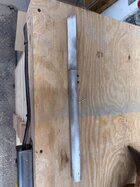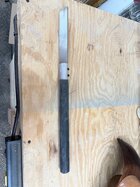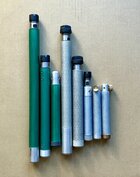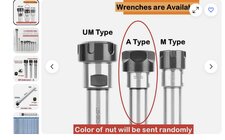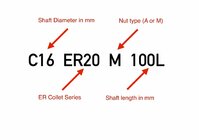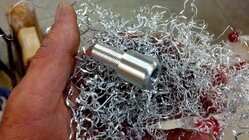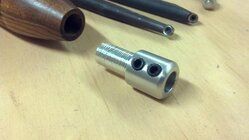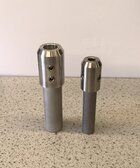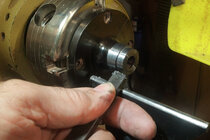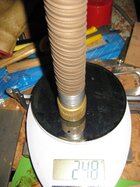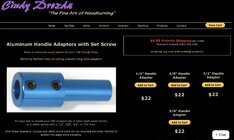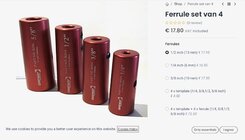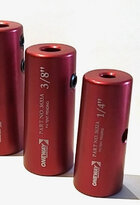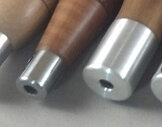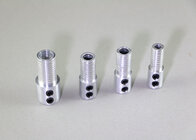Question for this that have made their own ferrules. What aluminum did you choose? I'm currently looking at 6061 for it's machinability, and think going extruded should be adequate, as there is a savings over cold finished (double the cost).
I use 6061 stock. When I did a demo on turning metals on the wood lathe, I took enough brass and aluminum so everyone interested could take a piece home that day. I buy most of my metal stock from Online Metals. There is no need to get it with a smooth finish since the surface will be cut away anyway, or at least sanded and maybe polished.
I usually buy stock in 24 or 36" lengths but they will usually sell it in 12" lengths or even cut it for a small fee. My weakness is I tend to order significantly more than I currently need so I'll have extra stock on the shelves for future use. My shelves for brass, aluminum, steel, copper, and plastic shelves are starting to get overloaded - I can't understand why...
Be advised if turning brass or copper if it is work hardened it may need to be annealed. (The method of annealing is unlike annealing steel)
Online metals regularly sends me codes for discounts or specials but once I didn't have one so I called and they gave me a code over the phone.
BTW, it may simply be a difference in languages from different parts of the world, but when related to woodturning tool handles, around here I've always heard the term "
insert" used for those tool holder with set screws, made to be glued into a large hole in the end of a handle, where "
ferrule" was for a relatively thin solid ring or short tube of brass or something else either hammered, pressed, glued, or sometimes crimped onto a turned area of the handle to hold the tool in a tool-shaft sized hole drilled in the end of the handle.
If I search google (from the US) for "tool handle insert" I see is this:
(Hosaluk Handle Insert)
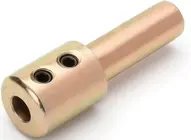
If I search google for "tool handle ferrule" I see this:
(Robert Sorby Brass Ferrule)
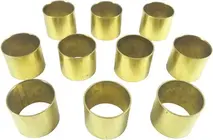
No big deal either way, as long as everyone reading understands.
Me, I call what I make with set screws "inserts".
I use "ferrules" on garden tools.
BTW, when drilling the set screw holes the insert can be held in a v-block, but I think it's better to hold it in a small metal vise clamped securely to the drill press table, then slid down an aligned straight edge a little for the second hole.
JKJ
